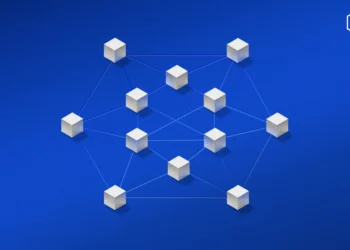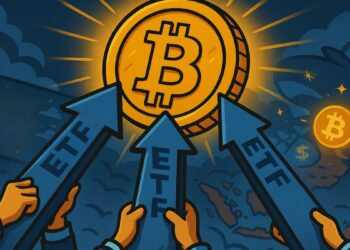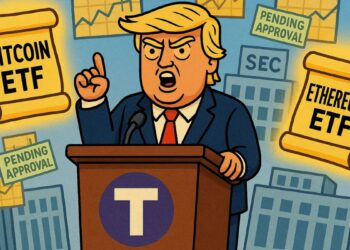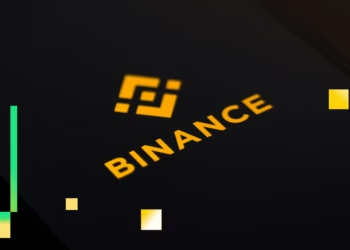In a stunning show of dominance, Solana Q2 revenue surged to over $271 million, making it the highest-earning blockchain network for the third consecutive quarter. According to the latest data from SolanaFloor and Blockworks, Solana outperformed all other Layer 1 and Layer 2 chains in Q2 2025, including Ethereum, Tron, and Bitcoin.
This performance marks a critical milestone in Solana’s evolution from a fast, low-cost blockchain to a legitimate DeFi heavyweight. It also raises a crucial question: Is Solana now the true king of decentralized finance?
Q2 2025 Revenue Breakdown: Solana Leads the Pack
The quarterly revenue report reveals a massive gap between Solana and its closest competitors:
- Solana – $271.77M
- Tron – $165.26M
- Ethereum – $129.09M
- Bitcoin – $50.48M
- BNB Chain – $47.98M
What’s most impressive is not just the raw number, but Solana’s consistency. This is the third quarter in a row that the network has topped the charts. While Ethereum continues to lead in developer tooling and DeFi liquidity, Solana is proving its strength through real, fee-driven revenue, a metric that underscores true user demand.
Analyzing the Correlation: TVL, $SOL Price, and Chain Revenue
The latest DeFiLlama chart provides additional insight into the forces driving Solana’s growth. By overlaying TVL (Total Value Locked), $SOL price, and chain revenue, we can better understand how these indicators interrelate.
From mid-2024 to Q2 2025:
- $SOL price steadily climbed, hitting new highs around $60.
- TVL also increased, though more modestly, reflecting growing user confidence.
- But the most explosive growth came from chain revenue, with visible spikes in Q1 and Q2 2025.
This suggests a positive flywheel effect:
- More applications and users drive higher revenue.
- This revenue strengthens the network’s fundamentals.
- Confidence grows, pushing $SOL’s price higher.
- TVL follows, locking in greater value and liquidity.
Unlike Ethereum, where high fees often deter smaller users, Solana’s low transaction costs enable scalable revenue from a broader base of activity, particularly in gaming, NFTs, and payment rails.
What’s Fueling Solana’s DeFi Rise?
Several key factors have contributed to this growth in Solana Q2 revenue:
- Faster block times and lower fees: Developers are migrating from high-cost chains.
- Booming DePIN and GameFi sectors: Solana is gaining traction beyond traditional DeFi.
- Active user base: More wallets, more daily transactions, and more organic engagement.
Solana’s DeFi ecosystem, featuring platforms like Jupiter, MarginFi, and Kamino, is attracting serious TVL without needing to offer unsustainable yield incentives.
Meanwhile, Ethereum is still struggling with Layer 2 fragmentation and high gas fees, despite the success of chains like Base and Arbitrum.
Final Thoughts: What Solana Q2 Revenue Means for the Future of DeFi
With $271 million in Q2 earnings, Solana is no longer just a “fast chain”, it’s the most profitable blockchain in the world. It has leapfrogged Ethereum and Tron not just in hype, but in cold, hard revenue.
If this trend continues, Solana may soon become the dominant platform not just in DeFi, but across the broader Web3 ecosystem.For investors and builders alike, it’s time to ask:
Is Solana the new home of real on-chain growth?










